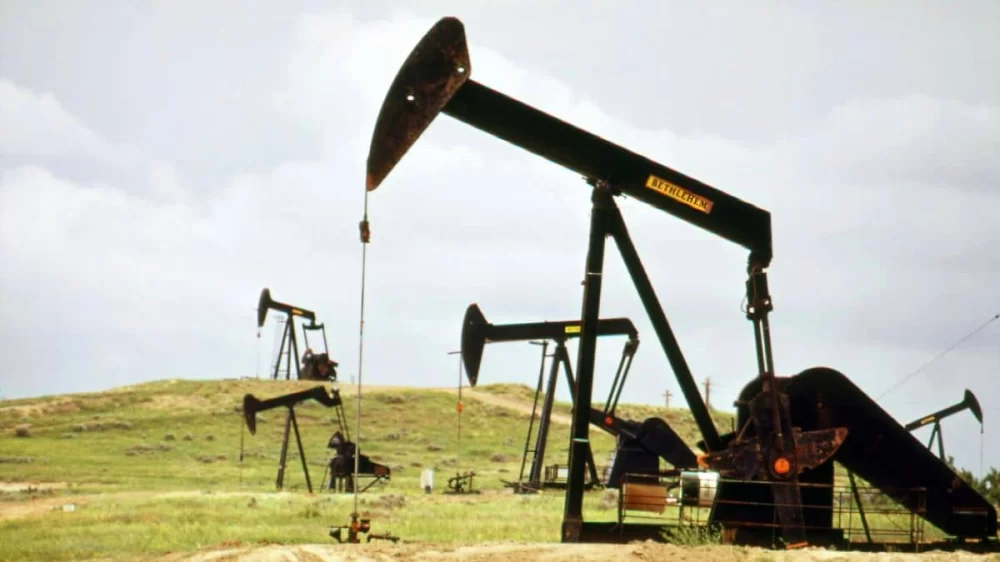
Understanding Climate Change Litigation Against Big Oil
- why-climate-litigation-is-on-the-rise
- the-legal-theory-behind-suing-big-oil
- real-case-examples-of-climate-lawsuits
- the-challenges-facing-plaintiffs
- how-these-cases-impact-climate-policy
- seeking-legal-guidance-in-environmental-litigation
1. Why Climate Litigation Is on the Rise
As climate change intensifies and coastal cities face increasing sea level threats, legal action has emerged as a bold strategy to hold fossil fuel giants accountable. Climate change litigation is no longer just a fringe effort—it’s a mainstream legal movement involving states, cities, and even young activists.
At the core of these lawsuits is the belief that Big Oil companies have known for decades about the environmental risks of their products but failed to warn the public or mitigate harm. Some plaintiffs argue that companies like ExxonMobil, Shell, and Chevron actively misled the public about the science of climate change.
2. The Legal Theory Behind Suing Big Oil
2.1 Public Nuisance and Negligence
Most climate lawsuits use tort law principles—such as public nuisance or negligence. Plaintiffs claim that carbon emissions from oil companies have caused measurable harm: flooding, drought, wildfires, and health crises.
2.2 Deception and Consumer Fraud
Several states and cities argue that oil corporations ran misleading PR campaigns to downplay the climate impact of fossil fuels. These claims fall under consumer protection laws and can lead to damages for deceptive advertising.
3. Real Case Examples of Climate Lawsuits
3.1 City of New York v. ExxonMobil (2021)
New York filed a landmark lawsuit alleging Exxon misled investors by downplaying climate risks in its financial disclosures. Though ultimately dismissed on narrow technical grounds, it showed how cities can challenge corporate transparency.
3.2 Juliana v. United States
Perhaps the most emotionally charged climate case involves 21 young plaintiffs suing the U.S. government for violating their constitutional rights by promoting fossil fuel development. While the case has been entangled in procedural hurdles, it sparked global attention and influenced climate justice narratives.
4. The Challenges Facing Plaintiffs
4.1 Jurisdiction and Standing
One of the toughest hurdles in suing Big Oil is proving legal standing—i.e., that plaintiffs were personally harmed in a way that can be directly traced to a specific company’s emissions. Additionally, courts often debate whether these cases belong in federal or state court, which affects outcome and precedent.
4.2 The “Political Question” Doctrine
Many fossil fuel companies argue that climate change is a policy issue—not a legal one—and should be handled by Congress, not courts. This has led judges to dismiss cases, stating they involve “political questions” outside their purview.
5. How These Cases Impact Climate Policy
Even if not all lawsuits succeed, climate change litigation plays a powerful role in shaping public discourse and pressuring governments. Legal actions can force discovery—internal documents, memos, and communications—which reveal what oil companies knew and when. This evidence often influences legislation and global climate negotiations.
For example, litigation in the Netherlands led to a historic ruling ordering Shell to cut emissions by 45% by 2030—setting a global precedent for corporate accountability in climate change mitigation.
6. Seeking Legal Guidance in Environmental Litigation
As climate change litigation grows, both plaintiffs and defendants face complex legal landscapes. From jurisdiction battles to evidentiary standards, success requires experienced environmental law professionals.
Whether you’re part of a community considering action or a business navigating evolving environmental responsibilities, firms like ESPLawyers offer guidance rooted in legal precedent, scientific analysis, and advocacy strategy. The legal world is catching up with the climate crisis—and it’s more important than ever to be legally informed.








